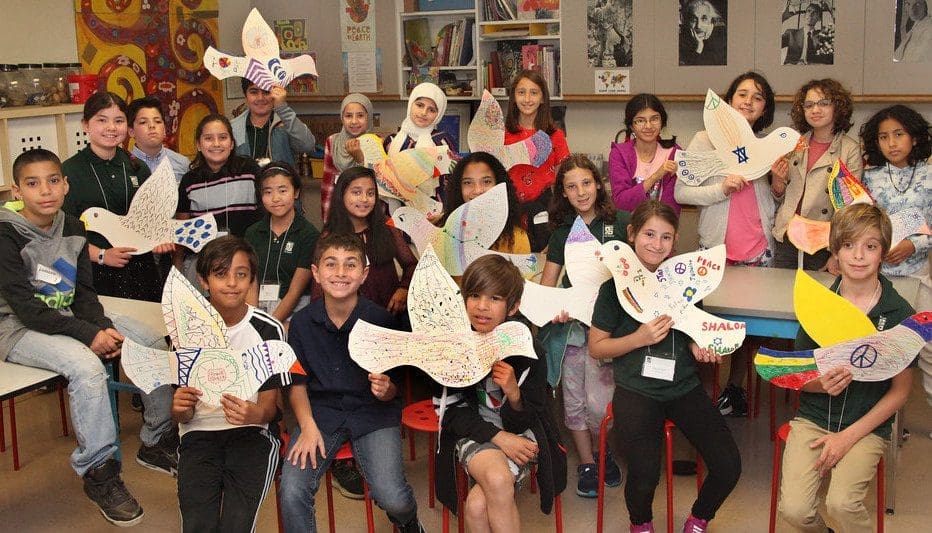Nurturing Spirituality in Children, Youth and Young Adults
Children are born with an innate spirituality that can protect them as they deal with the challenges of life. This undeniable finding was first documented by Dr. Lisa Miller, Ph.D. in her books The Spiritual Child (2015) and The Awakened Brain (2021) and has been expanded on by multiple researchers over the past decade.
Spirituality is most often defined as a connection to something greater than one’s self that gives a sense of meaning to one’s life. Research shows that this spiritual connection is the single most effective protection against the epidemic of suicide and despair that is killing our youngsters and young adults.
Since its inception, The Guibord Center has worked to find ways to respect and nurture the innate spirituality of every human being, whether expressed through a specific religious identity or not. Our programs continue to evolve.
Pre-Covid Events

Faith At The Table (FATT)
“Faith At The Table” (FATT), The Guibord Center’s “dinner and dialogue program for young adults”, tackled issues raised by the participants, including
Intersection of Faith, Gender and Sexual Identity
Interfaith Dating and Marriage
Coming of Age
Myths about Love
Following our Spiritual Leaders
Nichiren Daishonin Buddhism and Social Engagement
Challenges and Intersections of Interfaith Work, Social Justice and Political Activism
Several of these programs have been intergenerational, with youth as young as twelve and seniors in their eighties sharing their experiences and exchanging honest questions.

Your Title Goes Here
In collaboration with New Horizon School (Pasadena) and Weizmann Day School Faith and Friendship Day brings elementary students from the two schools together to share their spiritual practices and beliefs. They get to teach each other about their religious objects and how they’re used in special holiday observances, as well as about their everyday spiritual practices, including, most importantly to many of the children, how they pray. The students demonstrate what they’ve learned about each other’s traditions by making an art project.
These activities enable students to talk about their faith, discover commonalities and differences, and deepen the friendships they’re building at this program and other interfaith events between the schools throughout the year.
